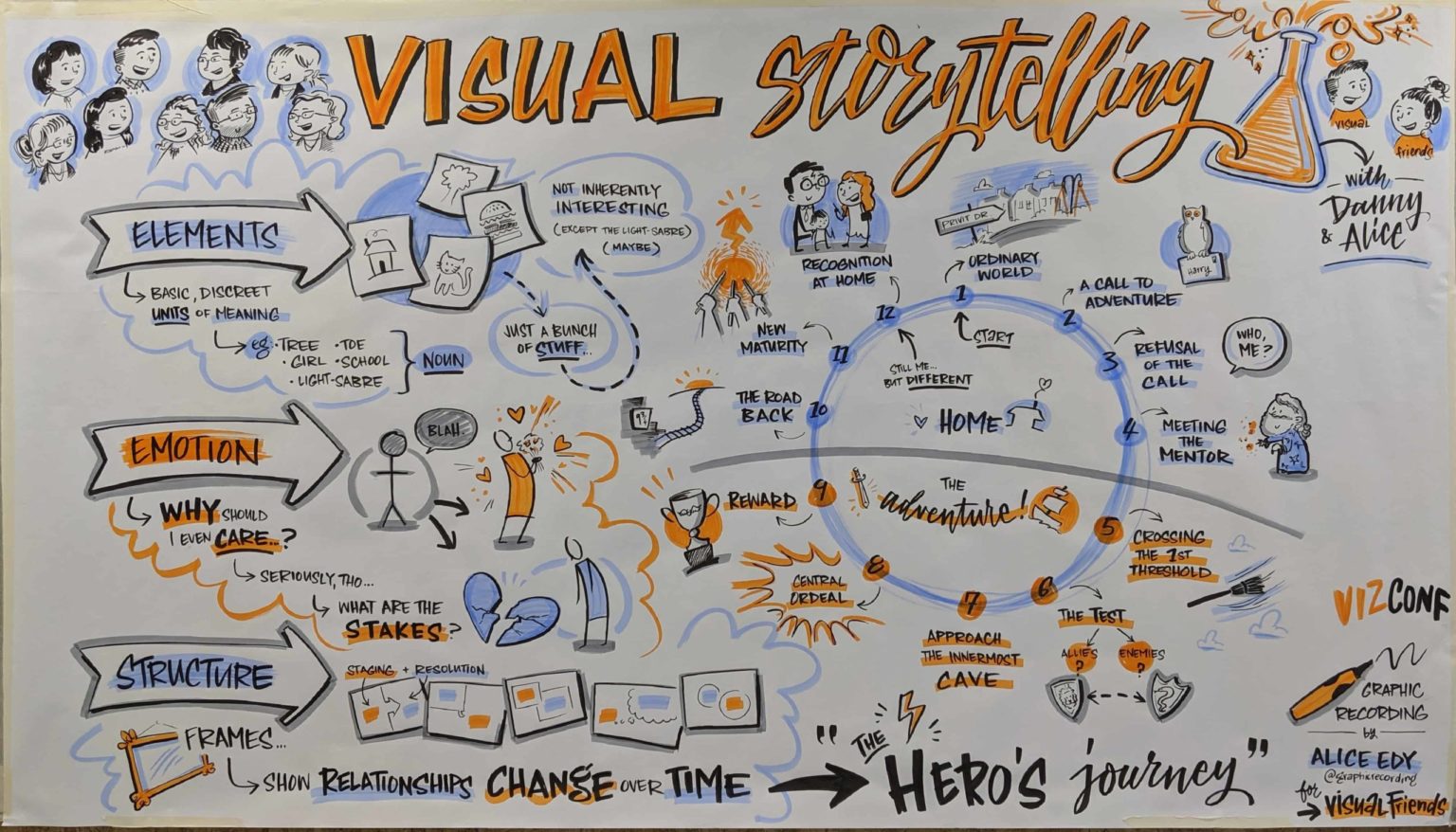From Railings to Revenue: Mastering the Art of Product Storytelling

Imagine this: You’ve poured your heart and soul into crafting a product or service that you believe in deeply. You’ve meticulously designed it, tested it, and refined it, confident that it holds the key to solving a real problem for your ideal customer. But how do you bridge the gap between your passion and their understanding? How do you translate those intricate features and benefits into a compelling narrative that resonates with their needs and desires?
This is where the art of product storytelling comes in. It’s not just about listing features; it’s about weaving a tapestry of emotions, experiences, and aspirations that connect your product to your customer’s life.

As an interior design expert and architect, I’ve seen firsthand how the right design elements can transform a space, evoke feelings, and elevate the overall experience. This same principle applies to product marketing and sales. By understanding your ideal customer persona and their specific needs, you can craft a story that resonates with their desires and showcases the unique value your product offers.
Let’s break down the key elements of product storytelling and how to apply them to your own offering:
1. Define Your Ideal Customer Persona:

Before you can craft a compelling story, you need to understand who your audience is. This involves creating a detailed profile of your ideal customer, encompassing:
- Demographics: Age, gender, location, income, education level, occupation.
- Psychographics: Values, beliefs, interests, hobbies, lifestyle, personality traits.
- Pain Points: What challenges or problems do they face? What are their frustrations?
- Motivations: What drives their decisions? What are their aspirations and goals?
- Buying Behavior: How do they research and make purchase decisions? What are their preferred channels of communication?



2. Identify the Core Features and Benefits:

Once you have a clear picture of your ideal customer, you can start to identify the key features and benefits of your product that will resonate with them. Ask yourself:

- What problems does your product solve?
- What needs does it fulfill?
- What unique value does it offer compared to competitors?
- What are the tangible and intangible benefits of using your product?


3. Craft a Compelling Narrative:
Now it’s time to weave those features and benefits into a story that connects with your customer’s emotions and aspirations. This involves:

- Focusing on the "Why": Don’t just list features; explain why they matter to your customer.
- Using Storytelling Techniques: Employ vivid language, relatable scenarios, and emotional appeals to create a memorable experience.
- Show, Don’t Tell: Use visuals, testimonials, and real-life examples to illustrate the benefits of your product.
- Highlight the "Aha!" Moment: What is the key moment of realization or transformation your customer experiences when using your product?
- Emphasize the Emotional Connection: How does your product make your customer feel? Does it inspire confidence, creativity, or a sense of belonging?


Example: Deck Railing Storytelling
Let’s say you’re selling high-quality, customizable deck railings. Your ideal customer persona is a homeowner in their 40s who values safety, style, and durability. They’re looking to create a welcoming outdoor space for entertaining friends and family.
Here’s how you can craft a compelling narrative:
Headline: "Transform Your Deck into a Dream Oasis with Railings that Elevate Style and Safety"
Story:
"Imagine warm summer evenings spent with loved ones, enjoying the gentle breeze and breathtaking views from your deck. You’ve poured your heart into creating the perfect outdoor haven, but something’s missing – a sense of security and style that truly elevates the experience.
Introducing our premium deck railings, meticulously crafted to enhance both safety and aesthetics. Our durable materials and customizable designs allow you to create a railing that seamlessly complements your deck’s architecture while providing peace of mind for your family and guests.
Imagine the joy of watching your children play freely, knowing they’re protected by our sturdy rails. Picture yourself entertaining friends with confidence, showcasing a deck that exudes both elegance and practicality.
Our railings are more than just a safety feature; they’re an investment in your family’s well-being and a statement of your refined taste. They’re the finishing touch that transforms your deck into a true dream oasis, a place where memories are made and moments are cherished."
4. Choose the Right Channels and Format:
Once you’ve crafted your story, you need to choose the right channels and format to reach your target audience. This might include:
- Website: Create engaging content, such as blog posts, product descriptions, and customer testimonials.
- Social Media: Share compelling visuals, short videos, and interactive content.
- Email Marketing: Send personalized emails highlighting key benefits and special offers.
- Print Materials: Design brochures, flyers, and catalogs that showcase your product’s features and benefits.
- Video Marketing: Create explainer videos, product demos, and customer stories that bring your product to life.
5. Measure and Iterate:
The key to successful product storytelling is continuous improvement. Track your results, analyze your data, and make adjustments based on what’s working and what’s not.
Here are some key metrics to track:
- Website traffic and engagement: Are people visiting your website and interacting with your content?
- Social media reach and engagement: How many people are seeing and interacting with your posts?
- Email open and click-through rates: Are people opening and clicking on your emails?
- Sales conversions: How many people are making purchases after seeing your marketing materials?
By consistently measuring and iterating, you can refine your storytelling approach and maximize your impact on potential customers.
Remember, product storytelling is an ongoing process. It’s about continuously refining your message, adapting to your audience’s needs, and building a strong connection that resonates with their desires.
In Conclusion:
By understanding your ideal customer persona, identifying the core features and benefits of your product, and crafting a compelling narrative that connects with their emotions and aspirations, you can unlock the power of product storytelling. This will not only help you attract new customers but also build lasting relationships and drive sustainable growth for your business.
